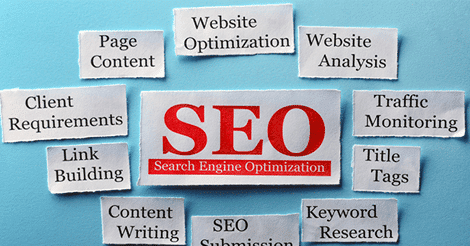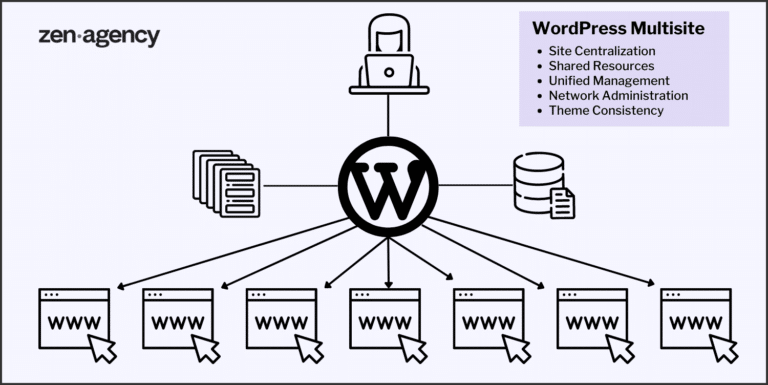How to Write a Captivating White Paper
Writing compelling content is not the easiest thing to do. An above-average content piece is descriptive, informative, and compelling. A mediocre piece of content will be littered with throwaway sentences and paragraphs, will be dull from beginning to end, and will be plagued with half-baked research and misunderstood concepts.
If you’re a small business , it’s simply too easy to write mediocre content. Unfortunately, mediocre content doesn’t deliver results, nor will it win you any more fans or an increase audience/readership.
And results are what you’re after if you are “all-in” on content marketing. The main type of results that your content will pursue will be capturing leads. And one of the best ways to capture a lead is with a well-written and thoroughly researched white paper.
Some businesses struggle to write a half-way compelling blog post, so they may be hesitant to attempt writing a white paper. Other businesses will write their white papers poorly. This is good for you, as a well-written white paper will tower over the content (or lack thereof) of your competitors.
White papers are far from the simplest pieces of content to write, but they often do yield hefty results. Want to educate your customers about your product or service? Want your brand to stand out? Want to be perceived as a top-tier expert in your market? Want more credibility? Want to capture leads and put them in your funnel? Want to keep the visitors to your website engaged? A white paper is the answer you’re looking for.
Use exciting topics
The word “exciting” is relative. Some businesses will have more exciting topics to write about than others—that’s just the nature of the different markets they’re in. But the topics you choose should be as exciting as possible. Let’s say that you’re in a technical field which, in and of itself, can be very boring to write about. On the surface, there is nothing exciting to write about. But here’s a cheat sheet: Write about things that your followers or site visitors may be dealing with. Ask what problems they are facing. Look at the trends in your industry. Think about how you can turn a seemingly boring topic into something that people will want to read and share. The interests of the people who visit your site will indicate where you need to go and what you need to write about.
Create a detailed outline
Creating a detailed outline is a basic writing technique that works wondrously if you’re stuck on the actual content of the white paper. The outline should be a clear organization of your various ideas. As you develop your outline, some of these ideas will stay, and some of them will be excluded. It’s hard to build a house without a blueprint—the same goes for writing a white paper without an outline.
Have a stellar introduction
The intro is a crucial element of the white paper. A captivatingly written intro will hook your readers and will get them interested so that they will continue to read the rest of the white paper.
The intro should be captivating. Let the reader know what the white paper is about—a general summary—without telling them everything. The intro should get them curious and should rarely be over two paragraphs long. Note: some people will only read the intro and the conclusion parts, so this is very important.
Set up a problem, then hit them with the solution
Immediately, you want to set up a problem or a conflict. Over the course of the white paper, a solution should be provided. The solution should be summarized in the conclusion, so that it sticks with them. The problem, and how it’s presented, will ultimately pique their interest. Your solution to the problem will give value and will frame you as an expert and someone to be trusted.
How to set up a problem or an issue? Describe it. Use imagined or actual examples of the problem in day-to-day life. Drop undeniable, well-researched data about that problem.
How to set up the solution? After the problem has been talked about at length, with a healthy use of examples and data to back it up, hit them with the solution, whatever it may be. The solution could be the service or product that your company provides. If possible, have examples or data to show how your product or service has helped to solve this specific issue.
Use images, but don’t overdo it
This is self-explanatory. Well-placed images can help to break up the content in your white paper and can make it look more appealing to your audience.
Write first, worry about editing later
White papers can be anywhere from 5-20 pages long (some are longer than that). That’s a lot content that needs to be written. If you’re constantly editing your writing as you go along, the process will be much longer. Write as much as possible first, and worry about editing once you have the first draft done. Remember to proofread thoroughly once you start the editing process.
Don’t forget the call-to-action
In the conclusion, don’t forget to include your call-to-action. Also, have contact information for your business.

















